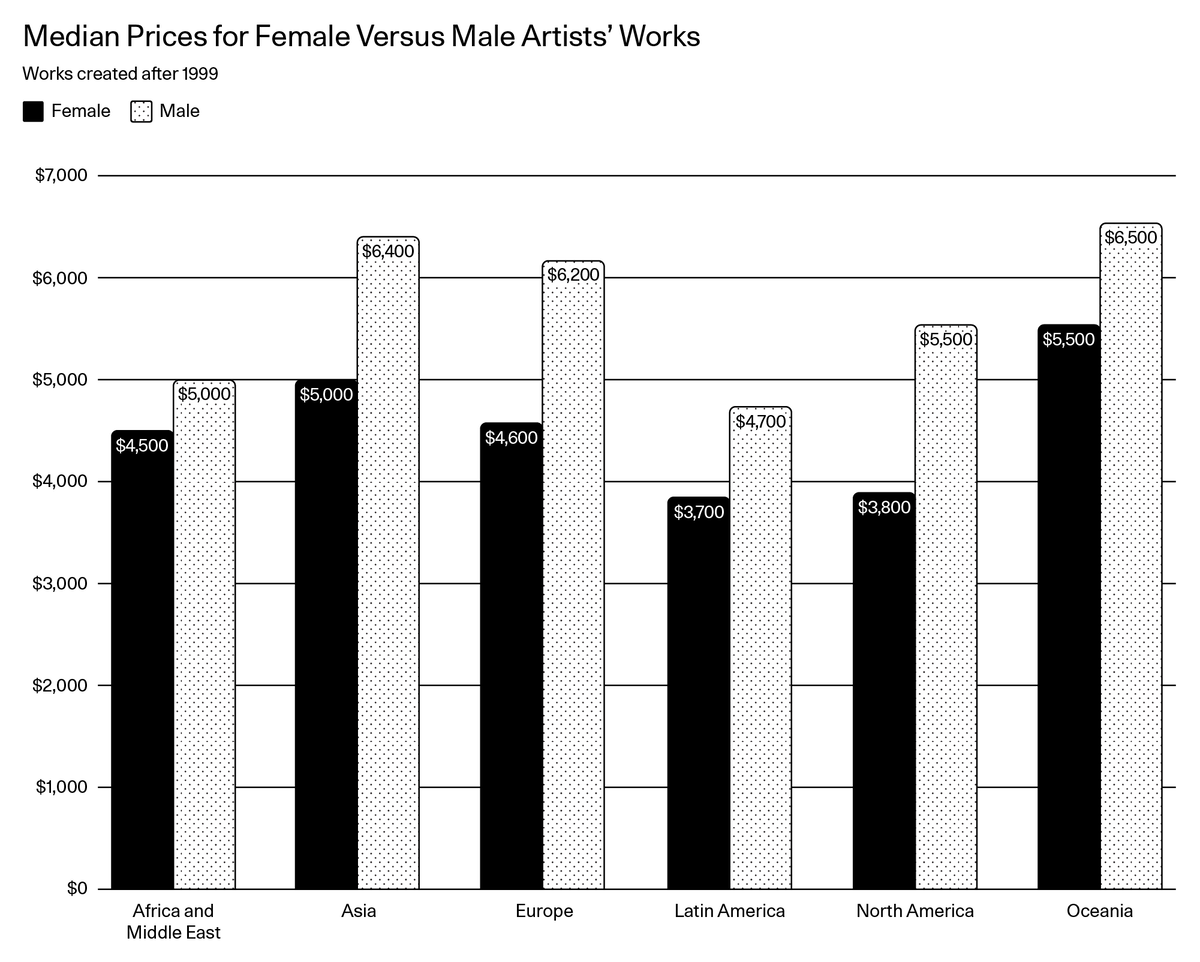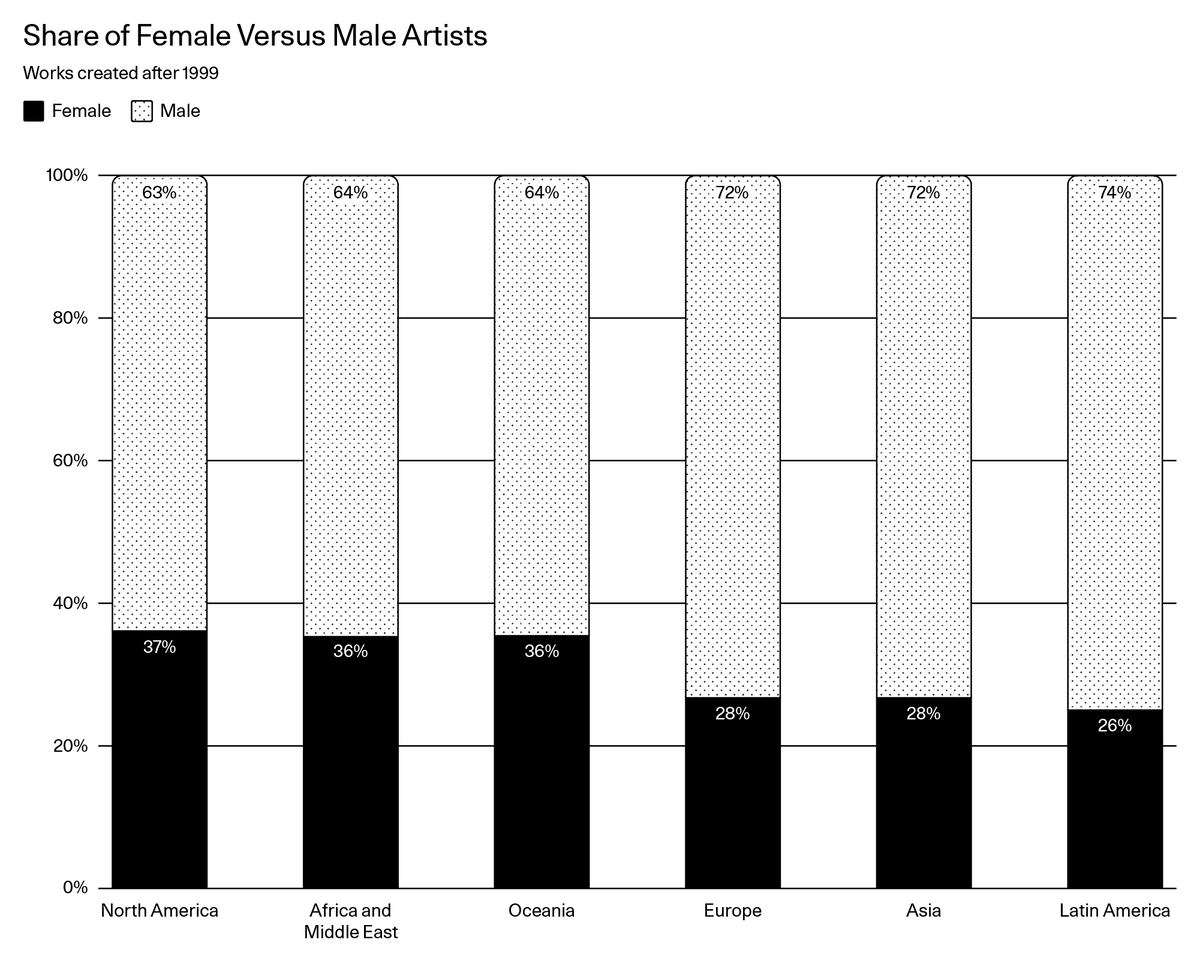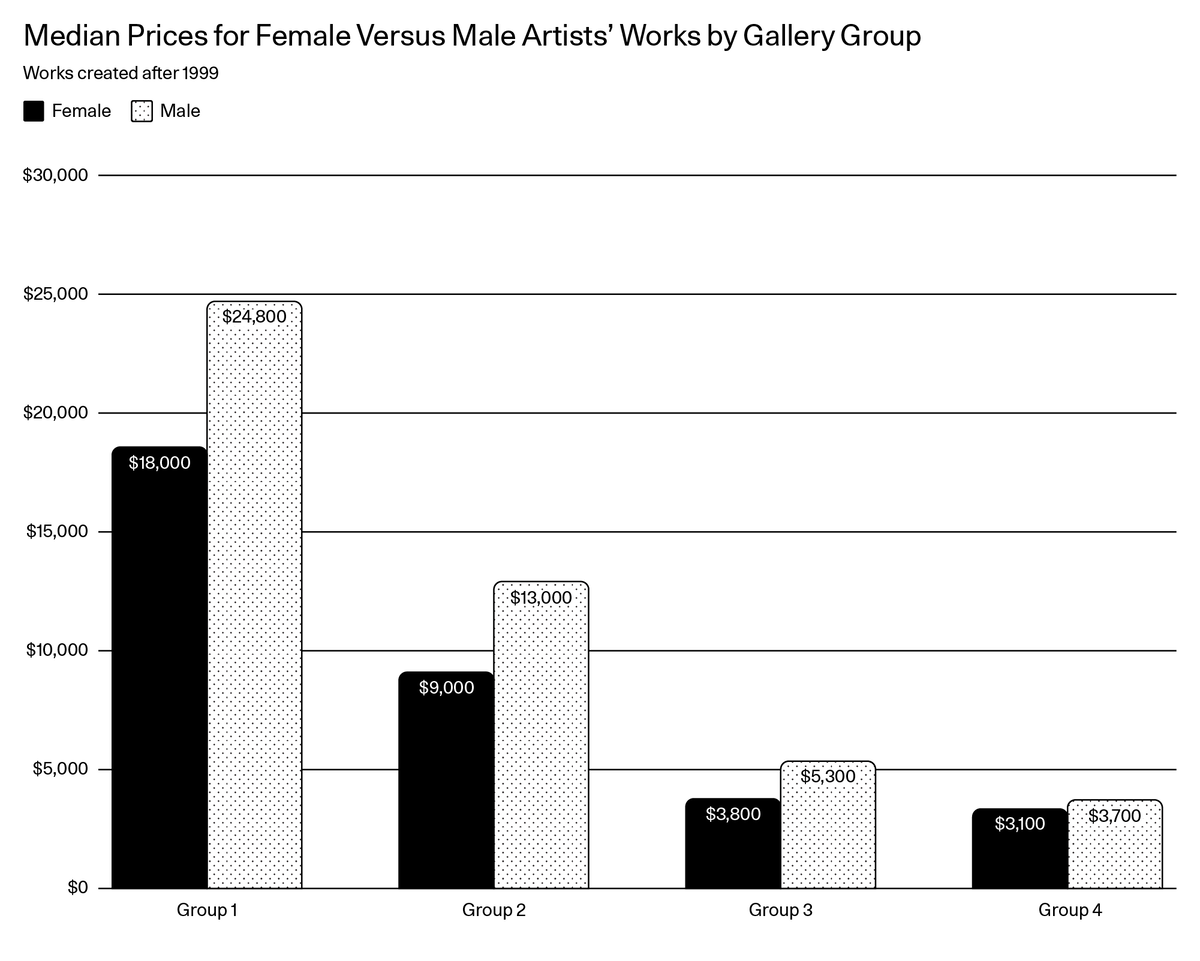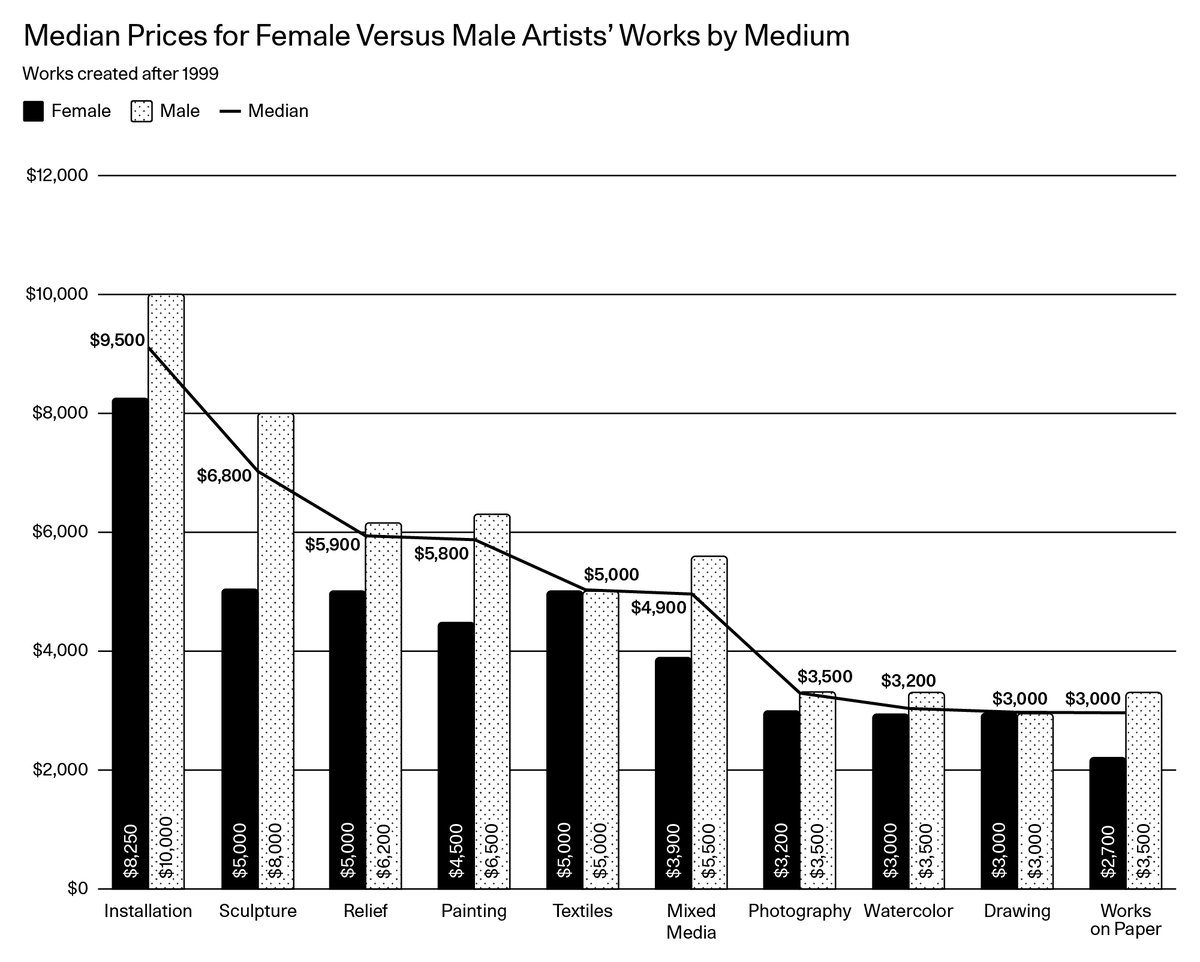Respect
While I could have gone the rout of inclusivity as it’s included in the title, I wanted to try and look at it through the lens of respect because I thought it would reveal some ideas that were harder to see but were, in the end, more interesting. I believe this image demonstrates the theme of respect in multiple ways. The first way I observed is that the whole image seems to be showing how a lack of respect for one’s culture and way of life can lead to the greying or “whitewashing” of the culture. For example, residential schools were built primarily on the disrespect of indigenous peoples. Another way I see the theme of respect in this image is that the artist is saying that joy, tradition and culture thrive with the respect of others. It shows that the people to the left were not treated with the respect they deserved and they subsequently had the culture and tradition they held so close to their hearts taken from them. In my opinion, the artist of this image has successfully woven a story of disrespect and consequences that uses no words to express an idea often written or spoken.
I think that this image is capable of expressing multiple ideas, all of which can be found in the combination of colour, shape and gaze. In this image, we can see rows of people leading from left to right. The people on the left two thirds are desaturated and wearing plain clothing. On the right side, the people are a lot more colourful and vibrant, demonstrating the freedom that comes with one’s culture. The shapes within the image are important because the rigid lines of people make it easy to read. Those lines also lead to a sense of confinement and strict order. Lastly, the gaze of the characters are representative of the emotions they feel. On the right, we see people looking at the viewer with smiles, the farther left we look however, we see dull, emotionless gazes, enhanced by their unsmiling eyes. The main idea I see in this image is a sad and sullen message of respect, inclusivity and the importance of culture.








